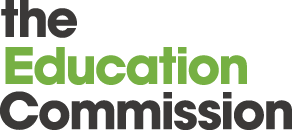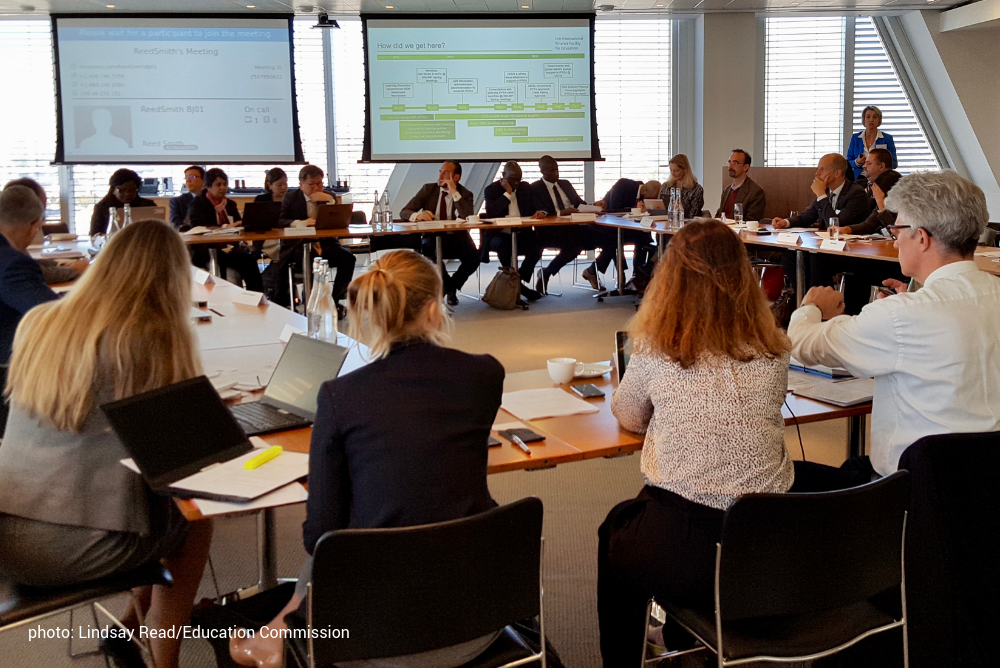By Liesbet Steer, Director of the Education Commission
During the UN General Assembly in September, the UK Secretary of State for International Development challenged countries participating in the Commission’s Make Impossible Possible event to develop a final design recommendation for the International Finance Facility for Education (IFFEd) by the end of this month.
The #UK has been an early supporter of #IFFEd, and @DFID_UK Secretary of State @PennyMordaunt challenges other initial stakeholders to agree on the technical design by the end of November. We can “get it done,” and #MakeImpossibxlePossible for children around the world. pic.twitter.com/PNkfSPq4yd
— Education Commission (@educommission) October 16, 2018
Secretary Penny Mordaunt’s call to the initial group of potential donor and recipient countries to “get it done” underscores the urgency of the global learning crisis. Without greater progress in education, no country will achieve the Sustainable Development Goals (SDGs). This is also one of the key reasons why the World Bank recently committed to accelerate its support to investments in human capital across the world. Without these investments, more than half of the world’s children and young people will not reach their potential, possibly losing half of their projected lifetime earnings. This impact would be particularly significant in many of the lower-middle-income countries where the vast majority of the world’s young people currently reside.
Countries should be the first to invest a larger part of their GDP to prepare future generations. However, projections by the Education Commission highlight that even with additional domestic investment as well as significant improvement in the effectiveness of those investments, most low- and lower-middle-income countries will fall short of the necessary resources. Estimates also highlight that traditional grant aid from donor countries or multilateral organizations will be insufficient to fill financing needs, particularly in lower-middle-income countries where the available external resources are scarce.
Getting it done
The good news is that we are now very close to operationalizing the International Finance Facility for Education. Recently in London, the UK’s Department for International Development hosted a meeting focusing on the Facility’s outstanding design decisions with an aim to move it to the final stages of its establishment. During two days of discussions, representatives from potential contributing countries – including Canada, Denmark, the European Commission, Germany, Japan, the Netherlands, Norway, Sweden, the United Kingdom, and the United States – worked with multilateral development banks and experts in international financing and credit rating to reach agreement on the Facility’s design.
To keep up the momentum, the Netherlands has agreed to bring together the group of potential donor countries once more in the coming weeks to reach a final consensus on the proposed design that can be taken to the credit agencies to evaluate the Facility’s initial rating.
Thanks to this innovative financing proposal and the support of the international community, we are another step closer to increasing international finance to the level required to reach the SDGs and to make it more effective. We can #MakeImpossiblePossible.
This article originally appeared on Medium. ›


This is a very good step forward, in my country is one of the lowest income countries in the world. Although it is peaceful and have a democratic elections it does’t have recognition by the rest of the world. My country is called Somaliland, half of our school aged children lacks education facilities as school buildings, chairs, tables, blackbourds, text books, water facilities, and so on.
I am of the regional inspectors, every when I visit a school i meet a very gloomy situation caused by lack of educational facilities and resources.
So, highly appreciating you to countinue this fruitful activities, as wel as requesting from you to finance and give considerations in my country to became a part SDGs.
Thank you dor sharing the initiatives.
I congratulate the global network of thinking and taking actions to leave no one behind in the stream to reach SDGs and far beyond. When I think of education I think education with quality for living a quality life with perspectives and value of connectivity to effectively face global and local issues and challenges in the job market as well as socio-economic life.
I strongly believe that the global community needs to set a standard of education with life skills and technology and IT skills so that students can stand up to face and enjoy life in every situation.